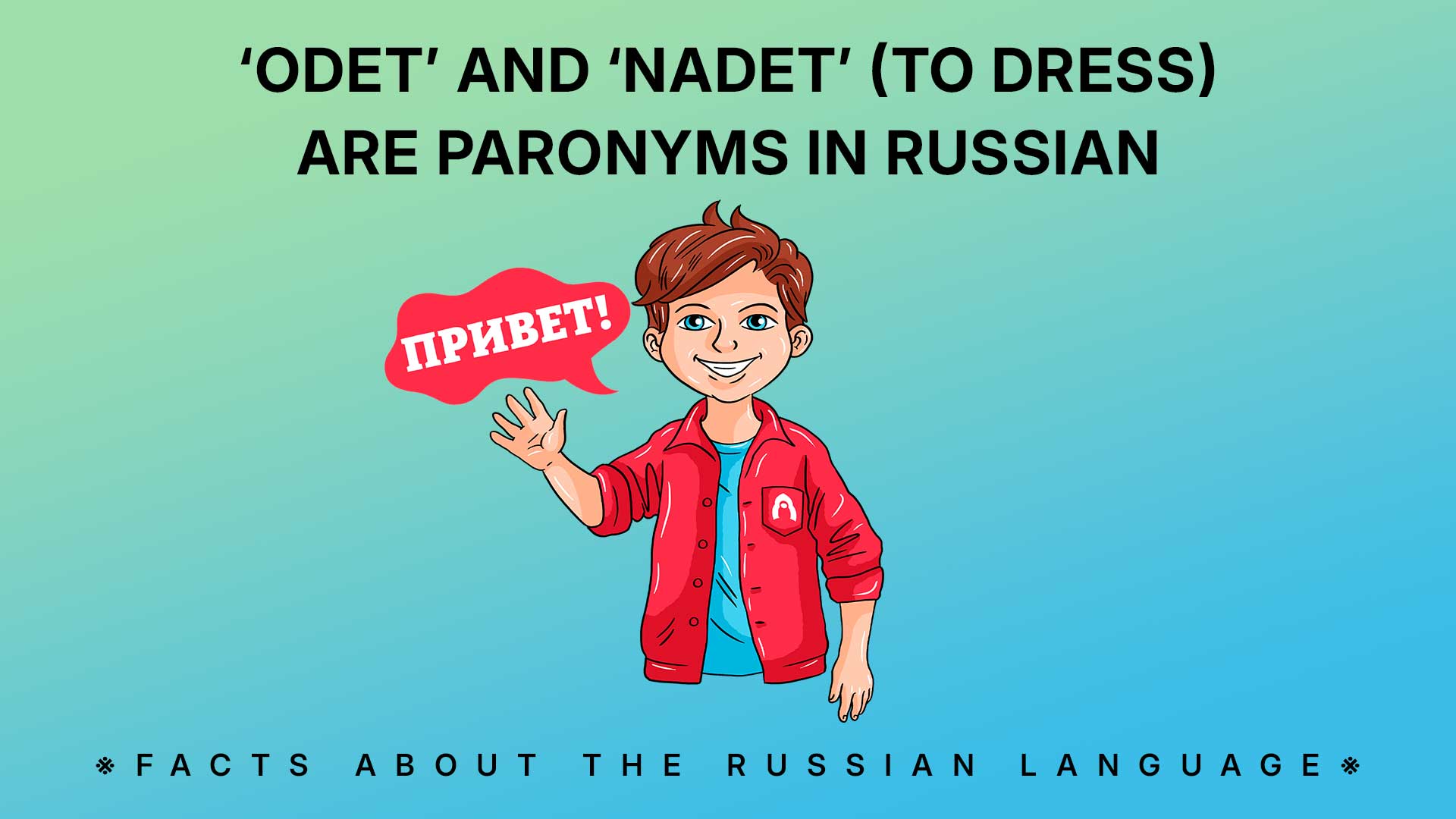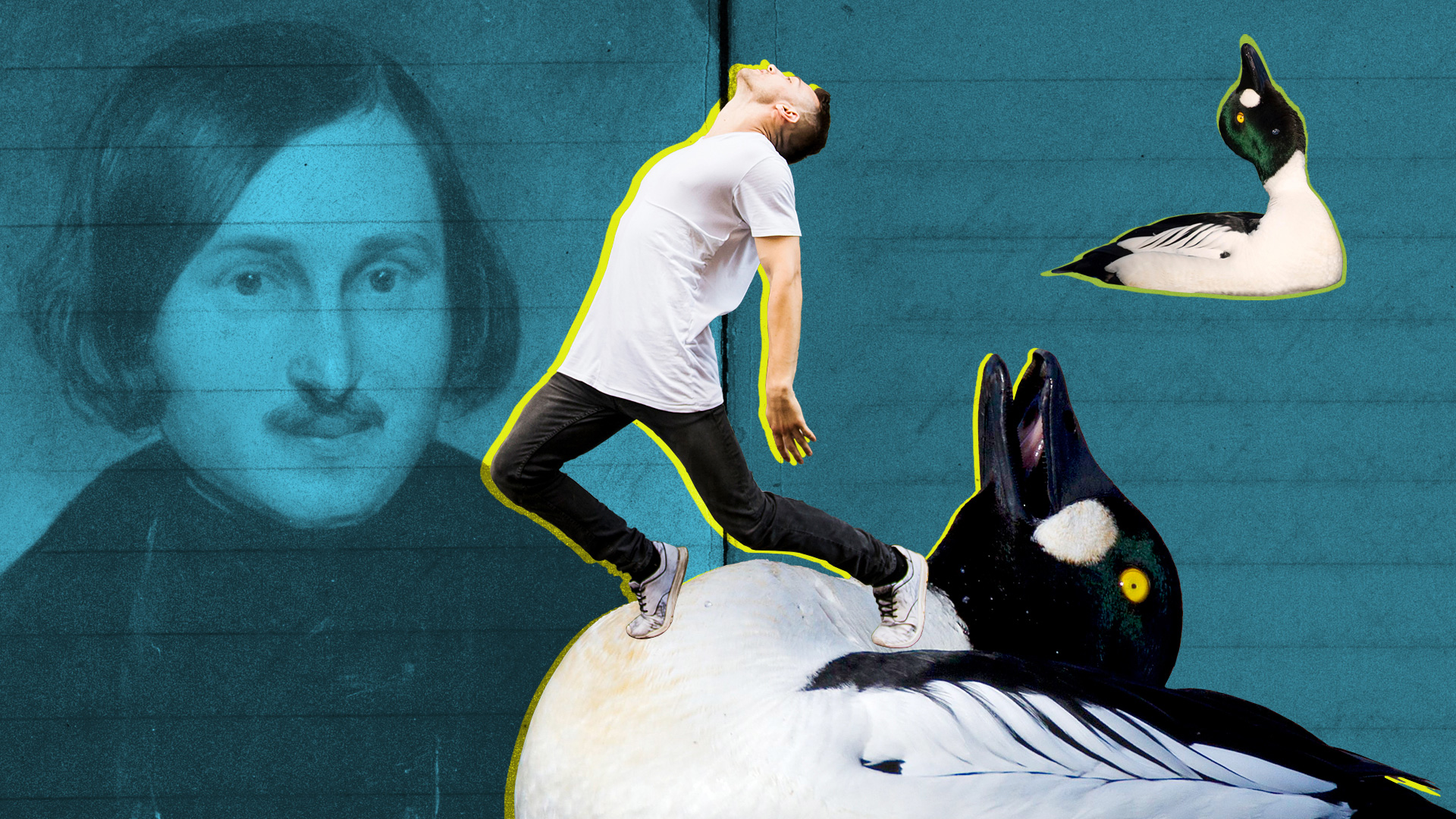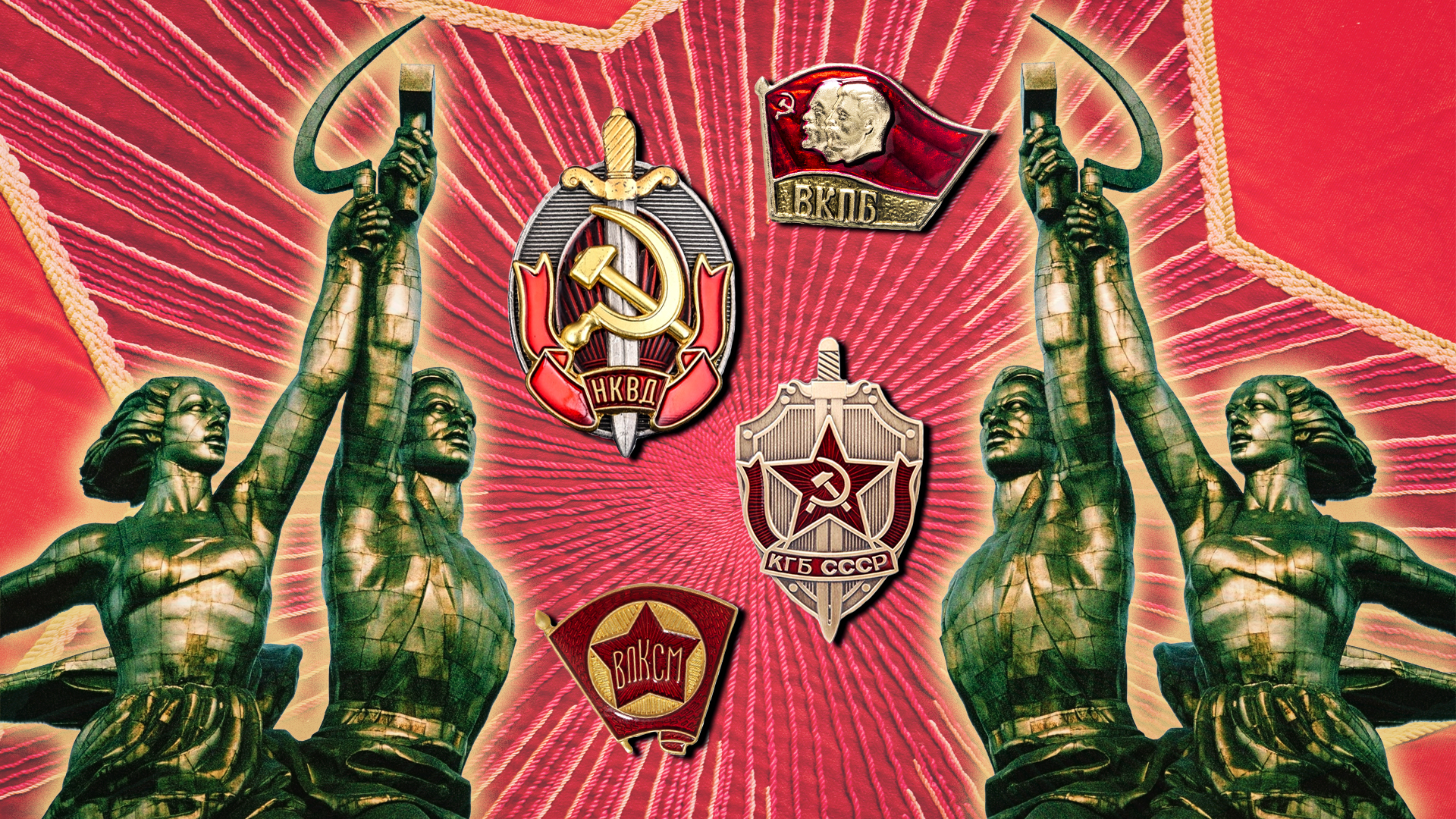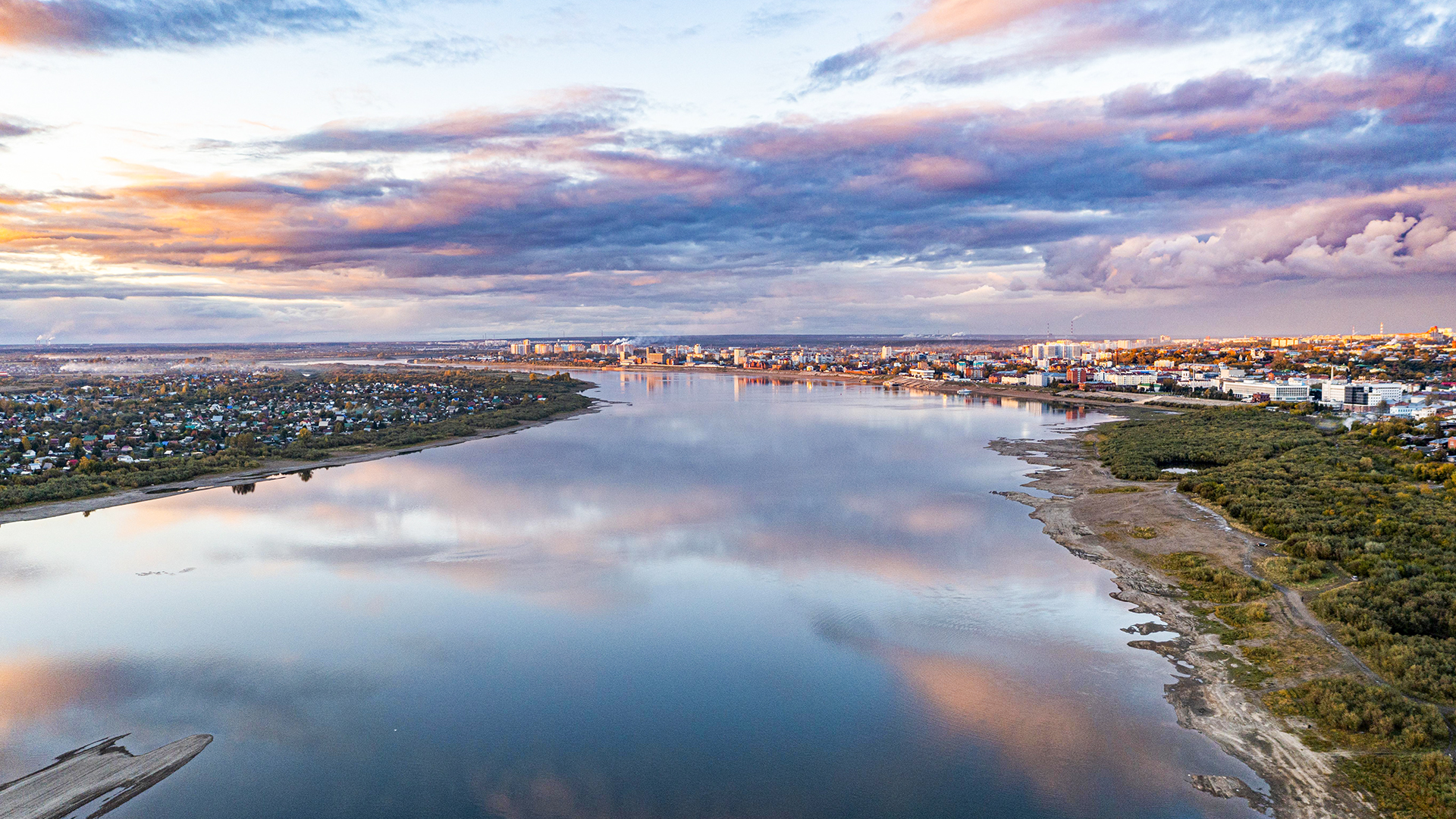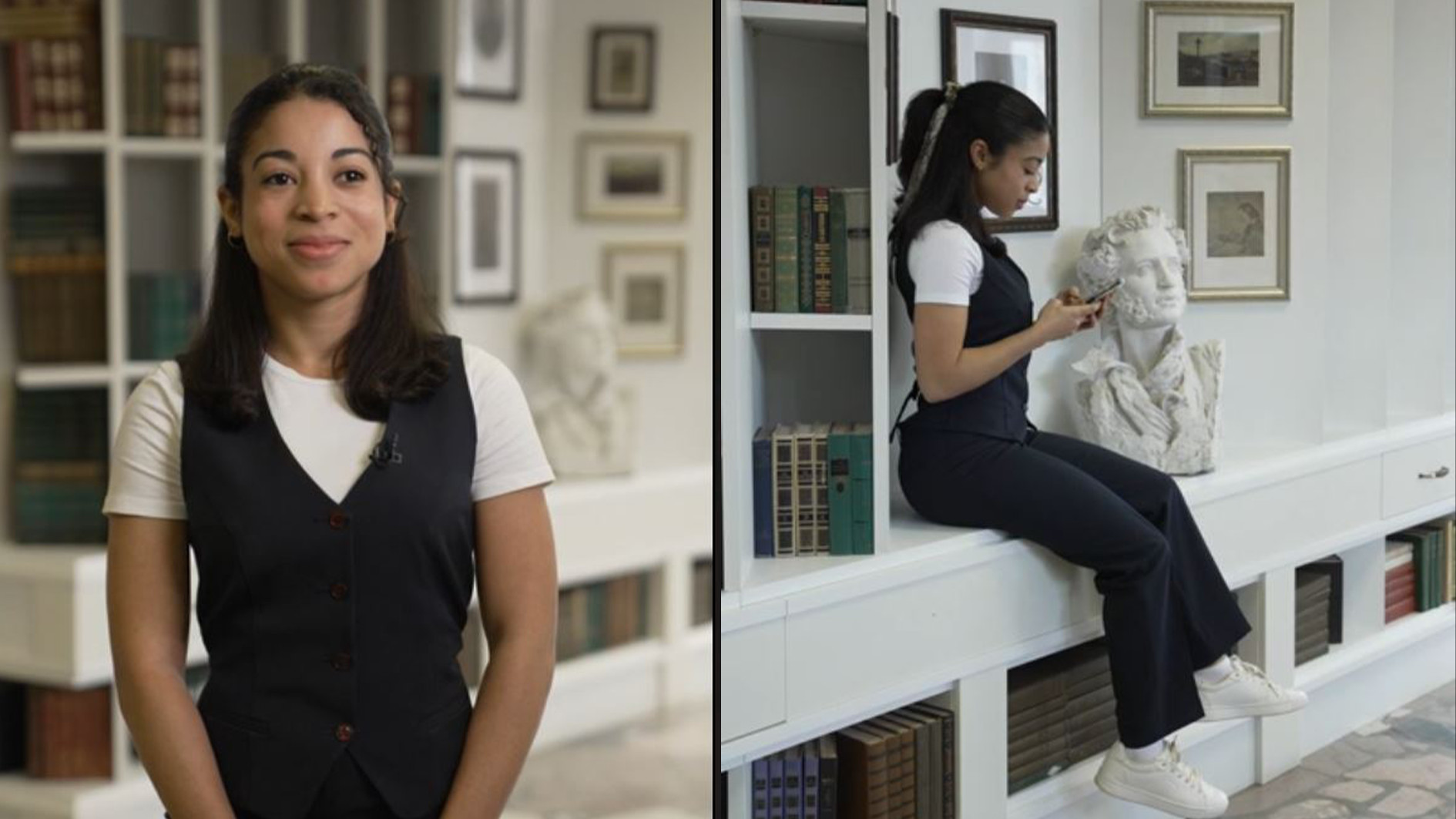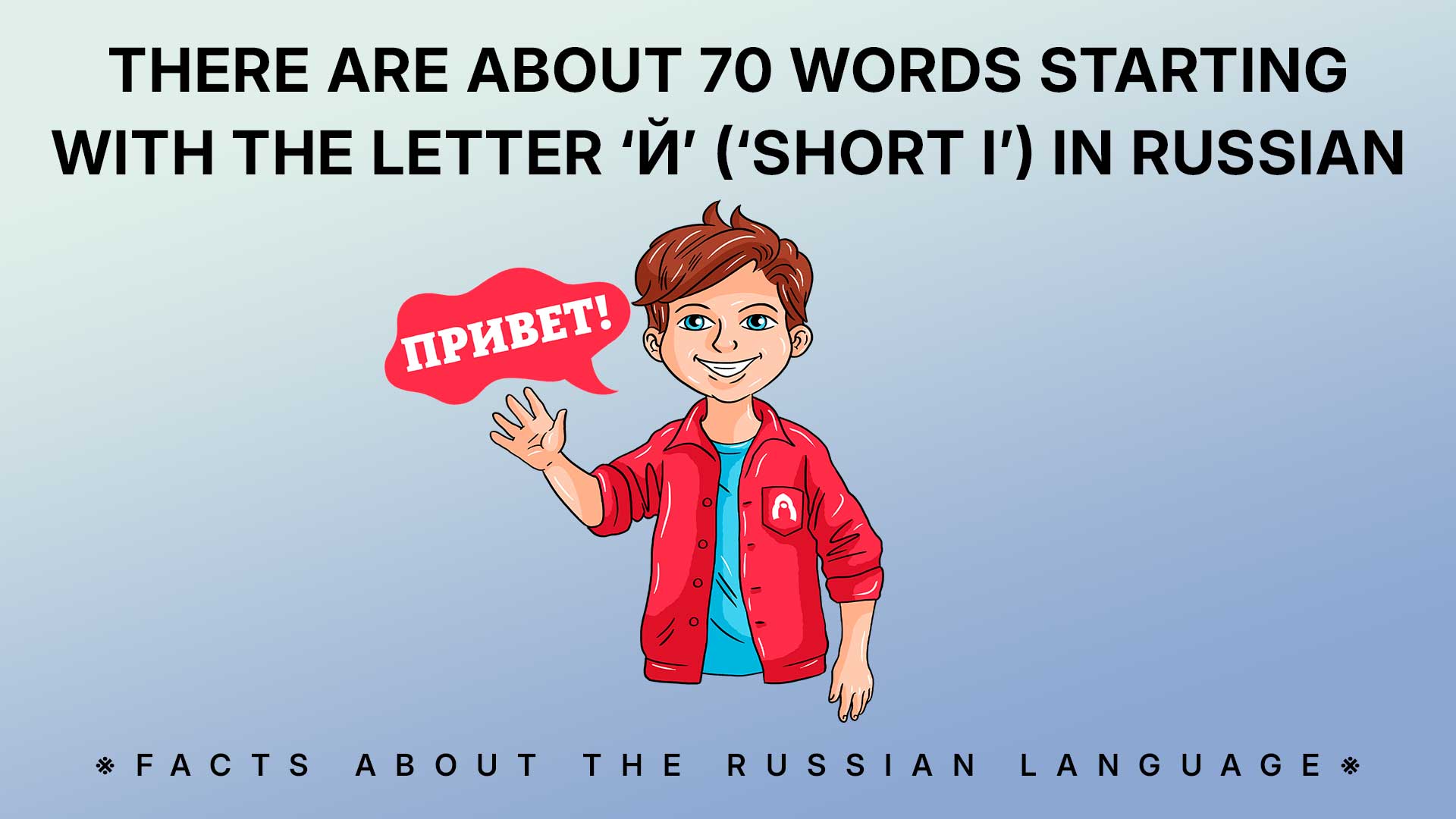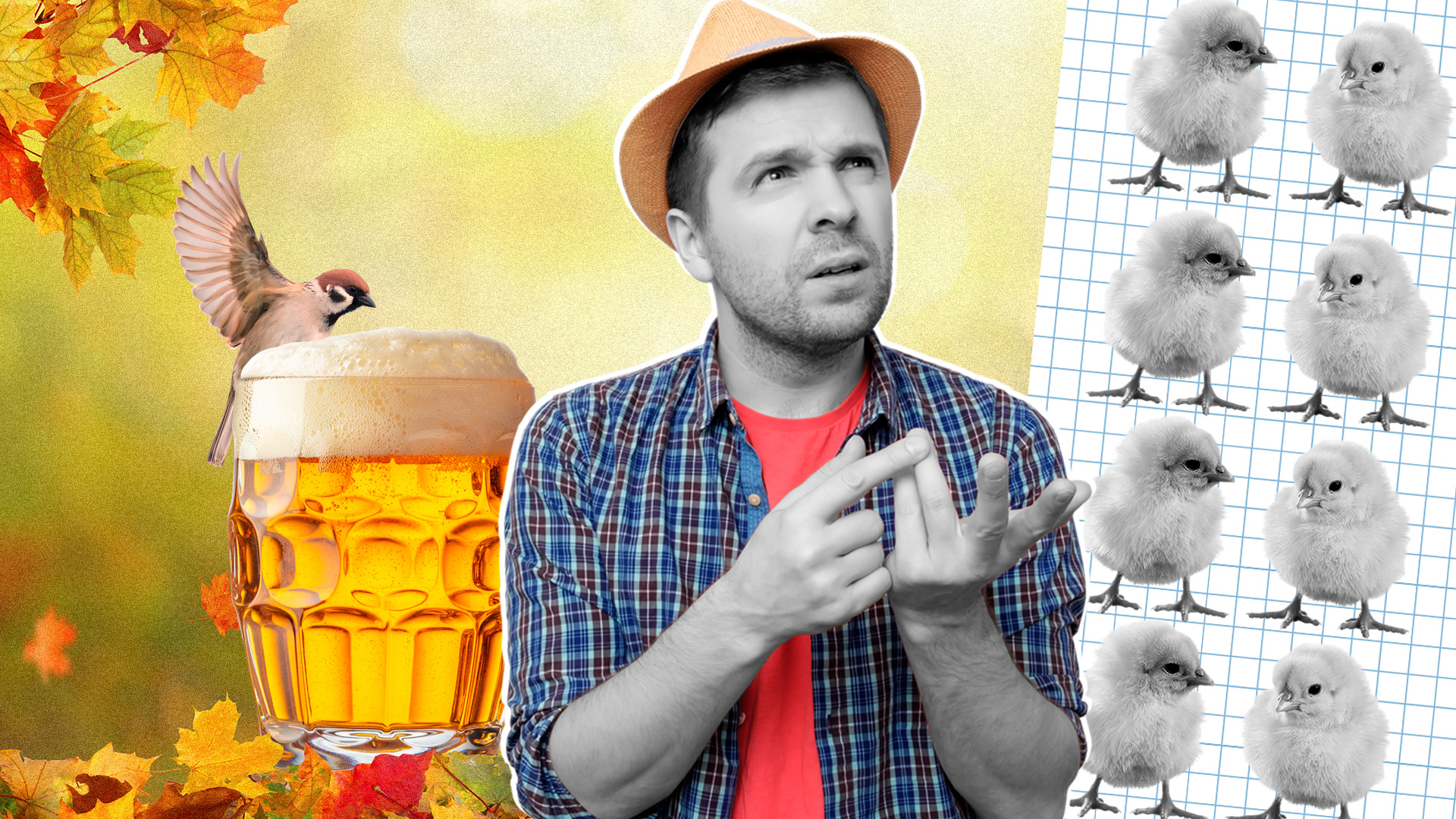
Sovetsk in 3 Russian words
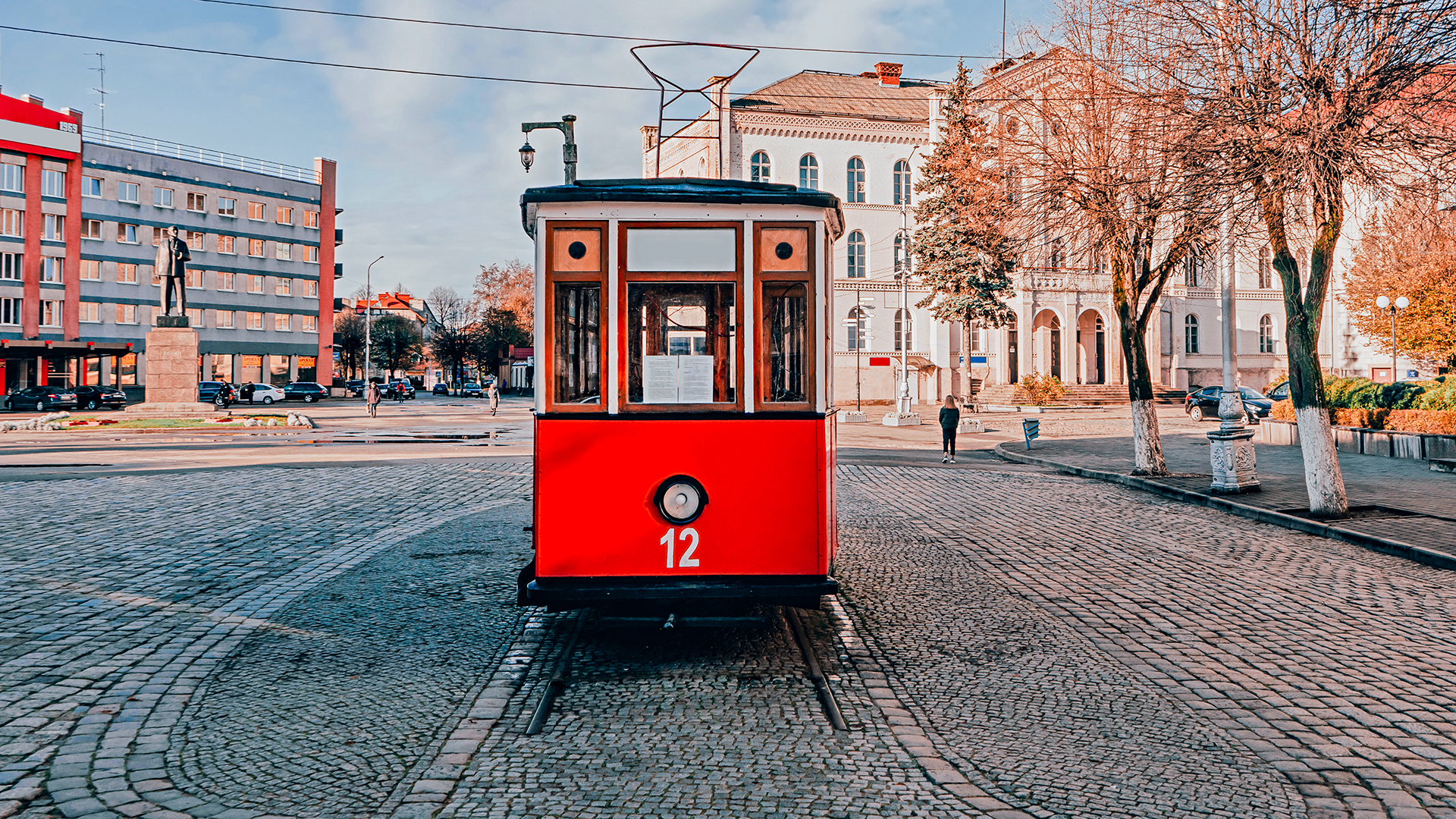
1. МОСТ КОРОЛЕВЫ ЛУИЗЫ (Queen Louise Bridge)
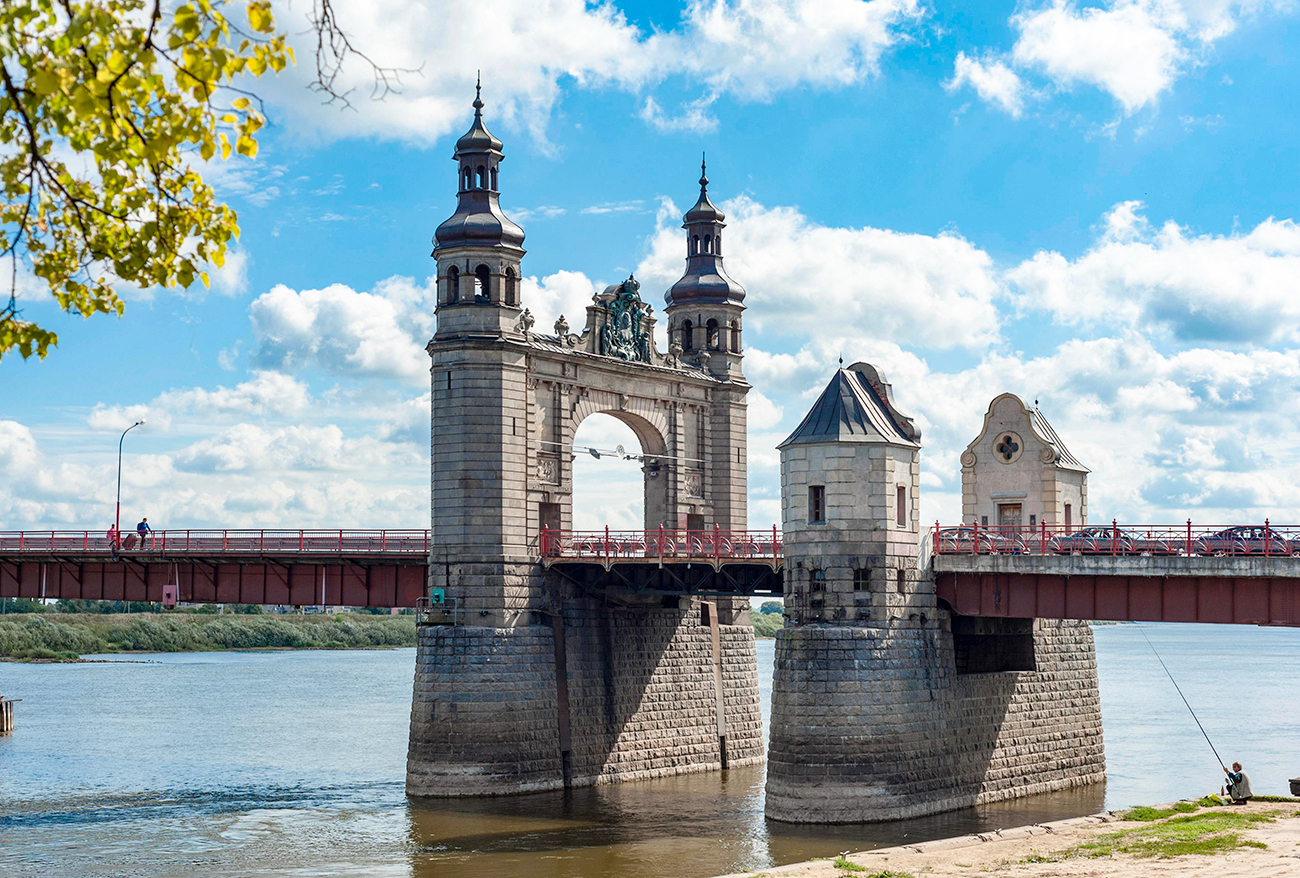
This 416-meter-long bridge over the Neman River was opened in 1907, when the city still belonged to the German Empire. It was named after Louise the wife of Friedrich Wilhelm III, the King of Prussia. The bridge is decorated with exquisite towers in the late Renaissance style. Today, it is also a border crossing and connects Sovetsk with the Lithuanian city of Panemunė.
2. ДОМ МЮЛЛЕРА-ШТАЛЯ (Müller-Stahl House)
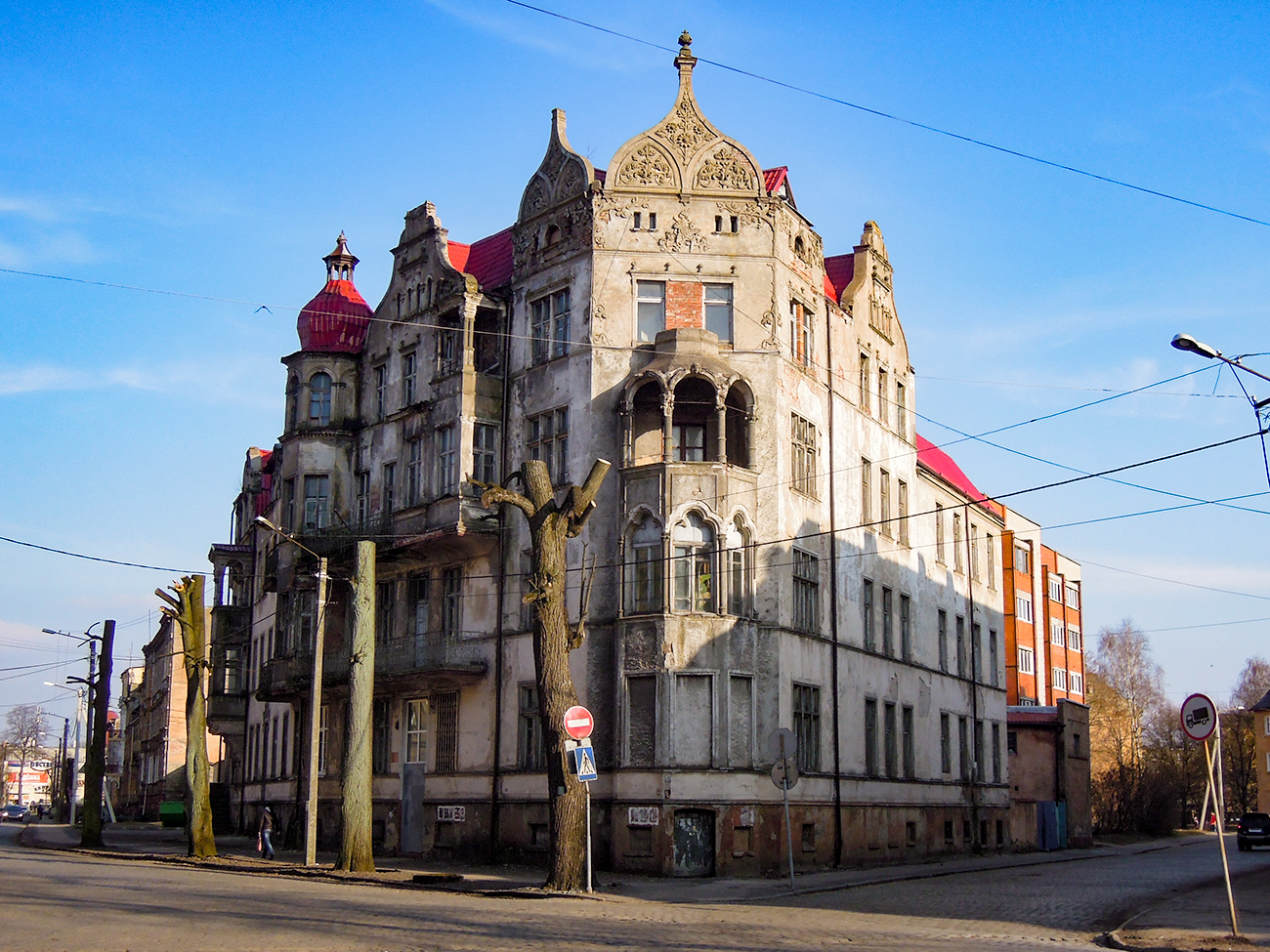
Built in 1911, this house is considered one of the most beautiful in Kaliningrad Region. It got its name, because famous German actor and Oscar nominee Armin Müller-Stahl was born here in 1930.
3. СКУЛЬПТУРА ‘ЛОСЬ’ (Elk sculpture)
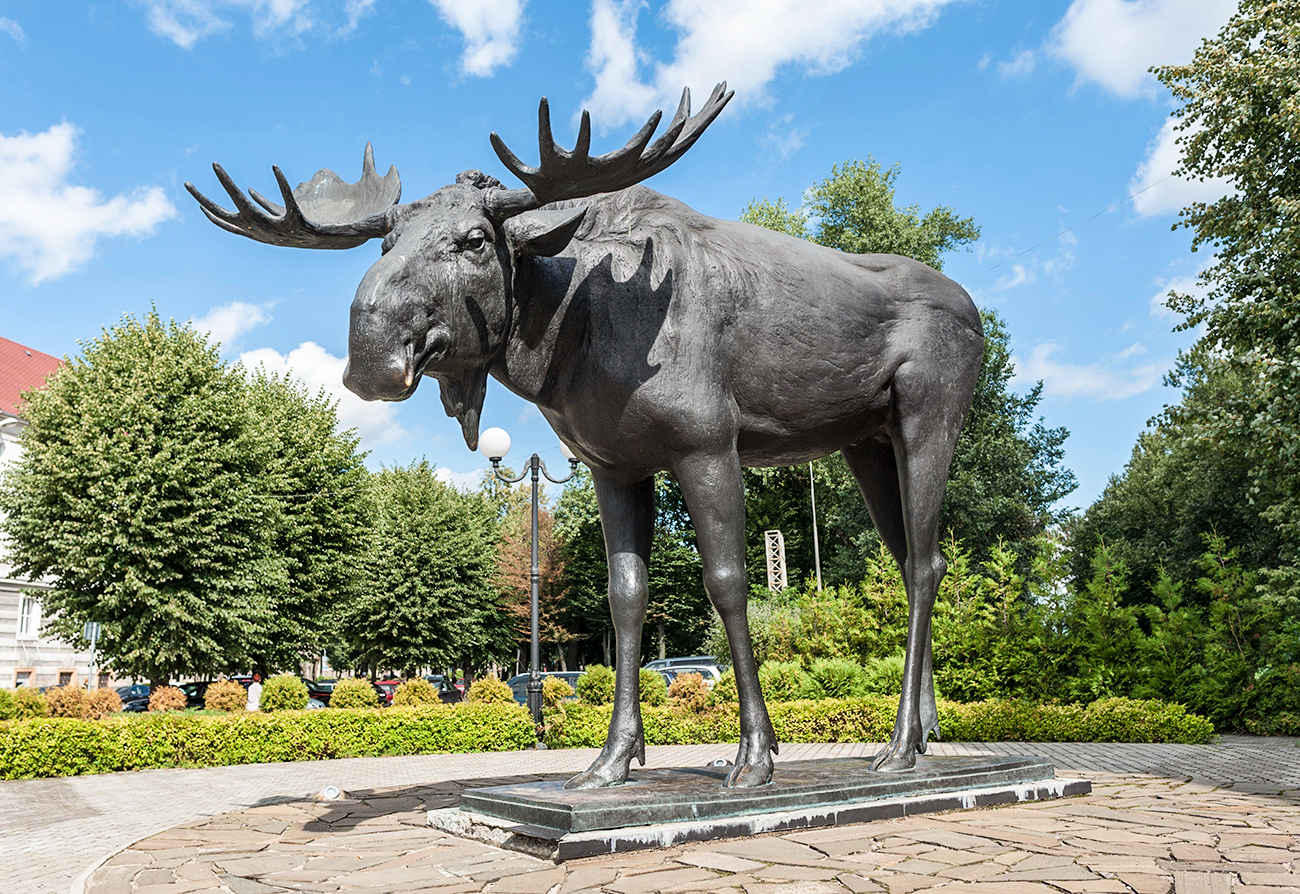
The elk is one of the symbols of Tilsit. The knights of the Teutonic Order loved to hunt these animals. The monument to the elk, which was christened ‘Gustav’, was ceremoniously opened in 1928. After World War II, a T-34 was installed in its place, while ‘Gustav’ was taken to Kaliningrad. In 2007, it returned to Sovetsk to a new location.




